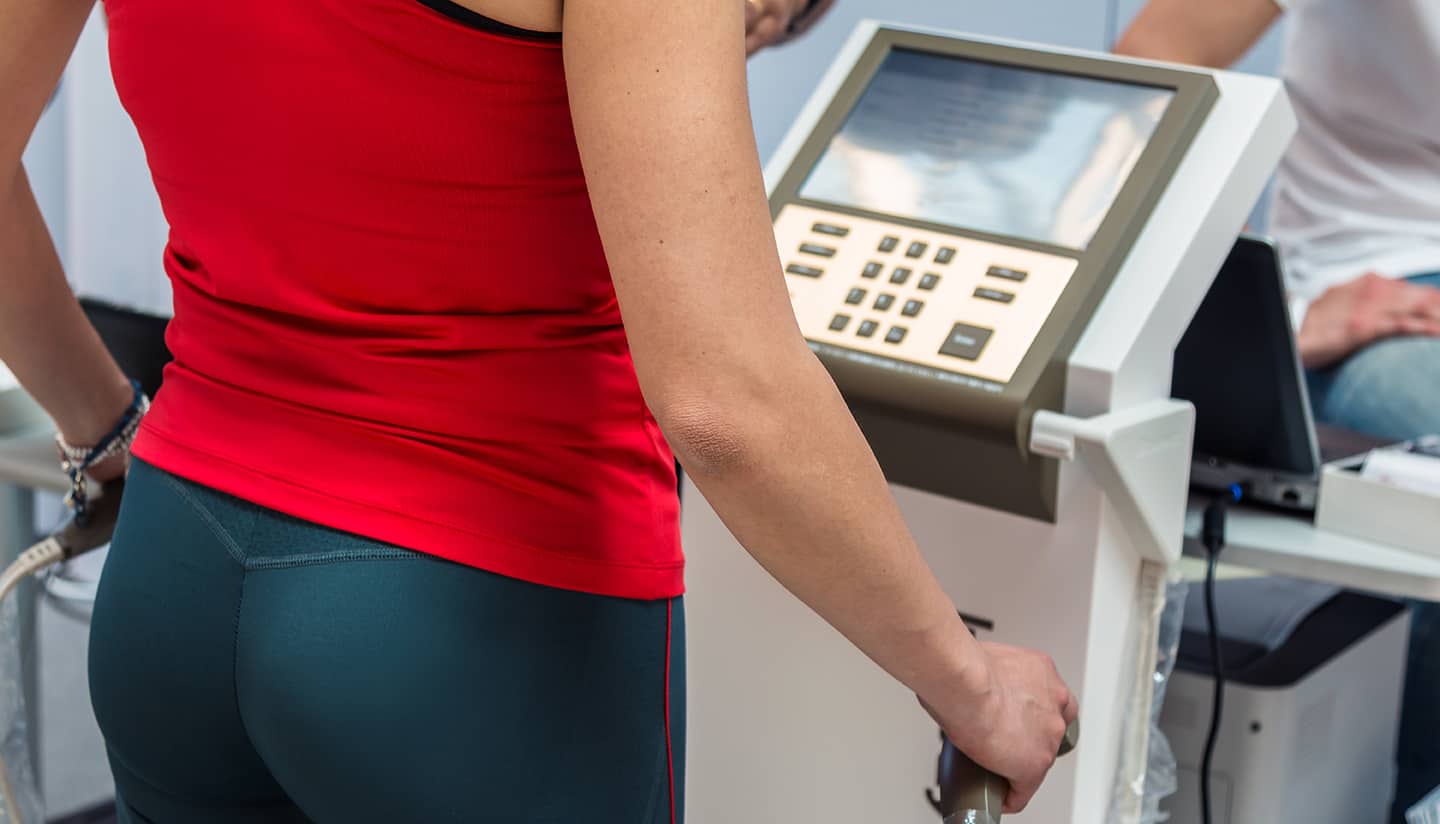FATLOSS
Weight Loss vs. Fat Loss: What's the Difference?
Trying to get leaner and look more athletic? Do you eat clean and train hard but your weight stays the same? Don't trust the scale! Your weight is just a number. It says nothing about your body composition or fat levels. What you really want is to lose fat, not just weight.
Feeling confused? If so, it's time to learn the difference between weight loss and fat loss!
Why the Scale Isn't Your Friend Imagine the following scenario. You see two people who look completely different. Both have the same weight. Let's say 180 pounds. One is super lean and shredded. The other one is chubby, with belly fat and flabby arms. How can you explain this difference?
Imagine the following scenario. You see two people who look completely different. Both have the same weight. Let's say 180 pounds. One is super lean and shredded. The other one is chubby, with belly fat and flabby arms. How can you explain this difference?
It all comes down to one thing: their body fat levels. How much you weigh is irrelevant. Your body fat percentage is what matters. Two people can have the exact same weight and yet, look different.
Your weight indicates the amount of water, bone and muscle mass, bodily fluids, connective tissues, organs, and fat. Bones, for instance, account for about 15 percent of your body weight. Muscle mass makes up 40 to 45 percent of body weight. Fat mass accounts for up to 27 percent of body weight in women and 15 percent in men.
Just because the scale goes down, it doesn't mean you're torching fat. You might be losing water or muscle mass. For example, crash diets deplete your body of protein and other essential nutrients. As a result, you'll lose muscle. Sure, you're going to weigh less, but this won’t make you look fitter or leaner. You’ve probably seen skinny people who are out of shape and have flab all over their bodies.
Or let's say you're taking diuretics. These supplements rid your body of water, so the scale will go down. The same happens when you're sweating or going to a sauna. However, water loss isn't the same as fat loss.
Surprisingly, your body weight might actually increase when you're working out hard. Exercise, especially strength training, promotes muscle growth and burns fat. Muscle is denser than fat, so it weighs more. Thus, you'll looker despite gaining weight. This is quite common among those who are just starting an exercise program or getting into heavy lifting.
How to Lose Fat, Not Just "Weight"
The question is: how to make sure you're losing fat, not muscle or water weight? First of all, ditch the scale. Take before and after photos so you can track your progress. Use a skinfold caliper or a measuring tape to determine your waist, arm, quad, and hip circumference. Write down the results and compare them every month or so.
Another option is to try an old pair of jeans that don't fit you anymore. If you're reallylosing fat, those jeans should fit you perfectly a few weeks from now on.
Of course, there are more accurate ways to measure your body fat levels. It all comes down to your budget. The best options are:
- DEXA scan
- 3D body scan
- Hydrostatic weighing
- Air-displacement plethysmography
- Bioelectric Impedance Analysis
These services are available in wellness centers and private clinics. Hydrostatic weighing, for instance, is the most accurate way to measure your body fat percentage. It involves submerging your body in a tank of water. The error margin is just 1.5 percent.
Now that you know the difference between weight loss and fat loss, train and eat for your goals. Don’t rely on the scale as it will only cause frustration and unnecessary stress.
Summary
- Two people can have the same weight and yet, look completely different due to their body fat levels.
- Your total body weight compromises of muscle, bone, and water mass as well as organs and bodily fluids.
- Just because the scale goes down, it doesn’t mean you’re losing fat.
- Crash diets, diuretics, sauna, and other “quick fixes” cause muscle or water loss, not fat loss.
- From DEXA scans to BIA and hydrostatic weighing, there are various ways to accurately measure your body fat levels.
